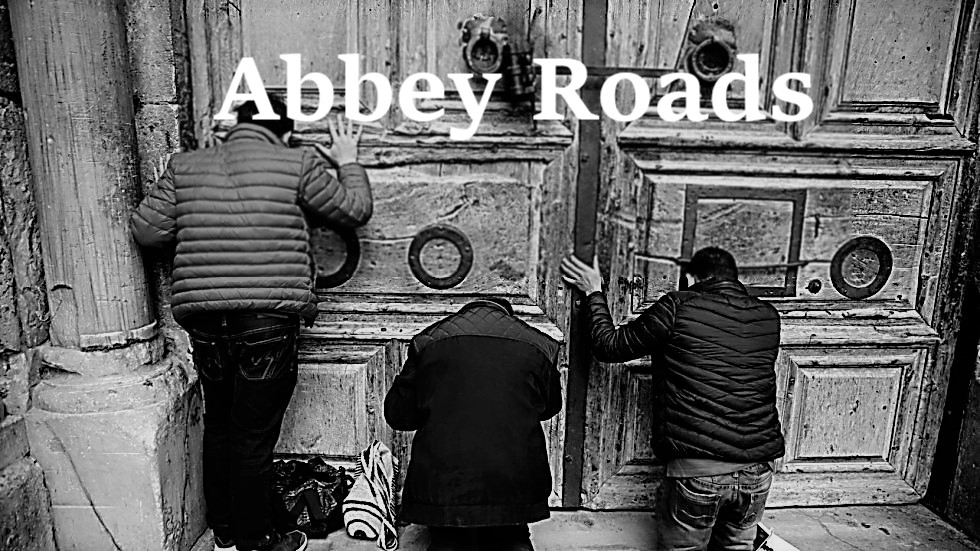Portrait of young boy.
Painted, not written.
I love to point out how Christian iconography - notably, the technique of using tempera and or encaustic on gessoed wood panels - originated in pagan antiquity. Before Christ. Yes. The images were 'painted' by painters back then. Often on wood panels - with brushes. They weren't windows - they were paintings. Paintings. P-a-i-n-t-i-n-g-s.
Portrait of man.



There seems to be a view among professional Eastern Orthodox iconographers that the expression "writing icons" is a western affectation. Orthodox Arts Journal has discussed the subject at some length: Is “Write” Wrong?: A Discussion of Iconology Lingo and A Symptom of Modern Blindness – Further Thoughts on the Phrase “To Write an Icon”
ReplyDeleteThanks Mark - I'll check that out. Personally I've always thought of it as an affectation. I understand what 'writing an icon means', in fact in secular works there is conversation on 'how to read a painting' - I personally prefer the term painting. It is more honest.
DeleteWe get "writing" icons from the Russian, for a couple of reasons; a) Russians didn't paint anything else until Peter the Great, and b) they're chock full of symbols, whether it's the cross held by a martyr, the type of garments people wear, or the colors used, thus "write" encompasses the theology involved. But what do I know. I paint icons. Culturally, I don't have that background and my theological education is lacking.
Delete...yet Another take-over of spirituality by The World....secularism is So Jealous of what they do not, can not, possess....well, nor can we, without the gift Of the Spirit, of course. what a world.
ReplyDeleteprecious
ReplyDeleteTwo beautiful icons. I see the resemblance when I look at pictures of the men/young boys from the Middle East/Mediterranean. They are handsome people and these icons do them justice.
ReplyDeleteThank you Terry for sharing.
Ancient but extraordinarily contemporary. Like it was just yesterday.
ReplyDeleteThe Fayoum portraits are extraordinary examples of ancient art. They are also called the "mummy" portraits because they were affixed to the bodies of the people they represent. I think that makes them incredibly moving.
ReplyDelete